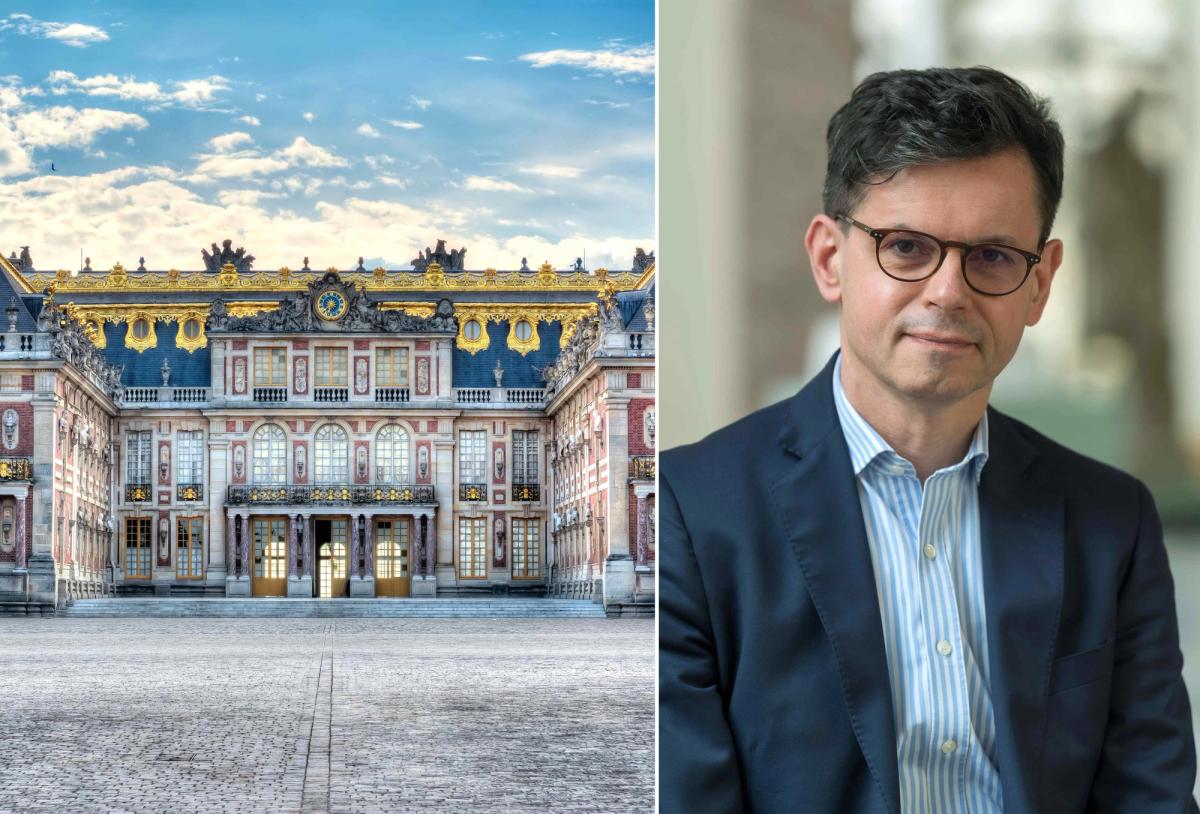The director of Paris’s Musée d’Orsay, Christophe Leribault, has been named the new chair of the Château de Versailles.
His nomination, announced by the government on Wednesday 21 February, ends a long-running controversy surrounding his predecessor Catherine Pégard, 69, who remained at the historic palace three years after the date at which she was obliged to retire under French law.
Christophe Leribault, 60, is an art historian with particular focus on the 18th and 19th centuries. He led the Petit Palais, also located in Paris and which holds a fine art collection covering antiquity to the early 20th century, for nine years before joining the Musée d’Orsay in 2022, and has always been greatly appreciated by his colleagues.
His appointment represents a symbolic victory for curators. For the first time, all major French museums (the Musée d'Orsay, always chaired by a curator, Versailles, the Musée du Louvre, the Centre Pompidou and the Musée du quai Branly) will be headed by art historians.
The controversy around Pégard—a former journalist and once an advisor to ex-president Nicolas Sarkozy—centred around the fact that under Versailles’ statute the age of retirement is 65, with scope for an extension by one or two years in order to complete a mandate. Additionally, Pégard‘s third and final mandate—which took her to the maximum of 11 years in the role—expired in March 2021.
The French president Emmanuel Macron, who has a friendly relationship with Pégard, had asked her to stay on as “interim” chair of Versailles in the hope she would be able to oversee the Olympic equestrian events that will take place there this summer. In a protest against the fait du prince the senate blocked the move last November, and the Cour des comptes, the state auditor, issued a warning against a “misuse of power”.
During Pegard’s time as chair, massive restorations and rearrangements were undertaken at the palace, leading to galleries, apartments of the royal family, private cabinets, attics, stables and pavilions in the park being opened up to the public. From 2026, a ten-year renovation of the king’s apartment, at the heart of the visiting circuit, is expected to begin. The château has improved entrance conditions and last year saw its visitor number reached the 2019 level—eight million visitors, of whom 80% were tourists.
In a statement, France’s culture minister Rachida Dati praised Leribault’s achievements during his two and a half years at Musée d‘Orsay, including his committing to loan 178 works from the museum to 34 other institutions across France to commemorate the 140th anniversary of the first Impressionist exhibition.
Under his leadership, the numbers of French visitors to the Musée d‘Orsay, from Paris and elsewhere, increased significantly. Last year they made up half of the 3.9 million entries, a record number.
While entry is free for many, and despite rising costs, the museum avoided increasing prices for those who required tickets. It was able to do so partly thanks to a diversified programme of events and performances. Increased private sponsorship allowed the museum to finance 65% of its own budget and to acquire some masterpieces, including a €43m painting by Caillebotte, thanks to a contribution from luxury goods conglomerate Louis Vuitton Moet Hennessy (LVMH). At the Musée d‘Orsay and the Petit Palais, Leribault also brought the work of northern European artists, many of them not very well known as France, to public attention through acquisitions and exhibitions drawn from collections in countries such as Sweden, the UK and Germany.


